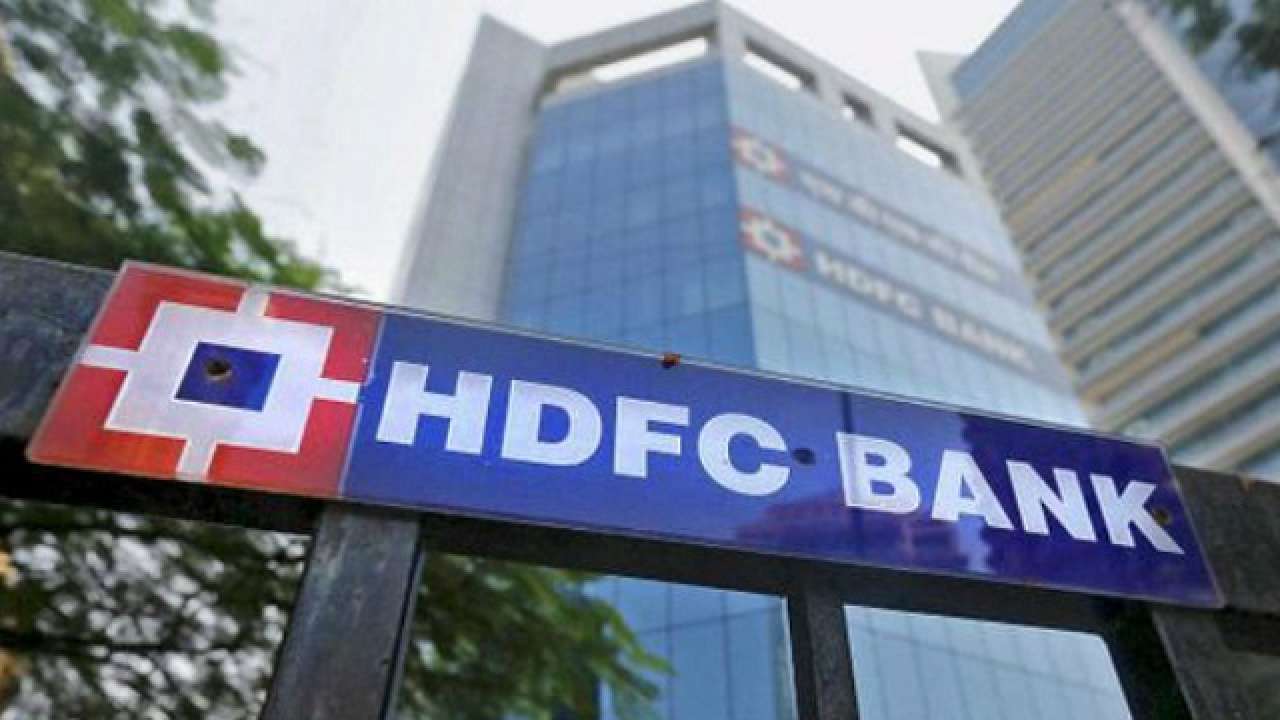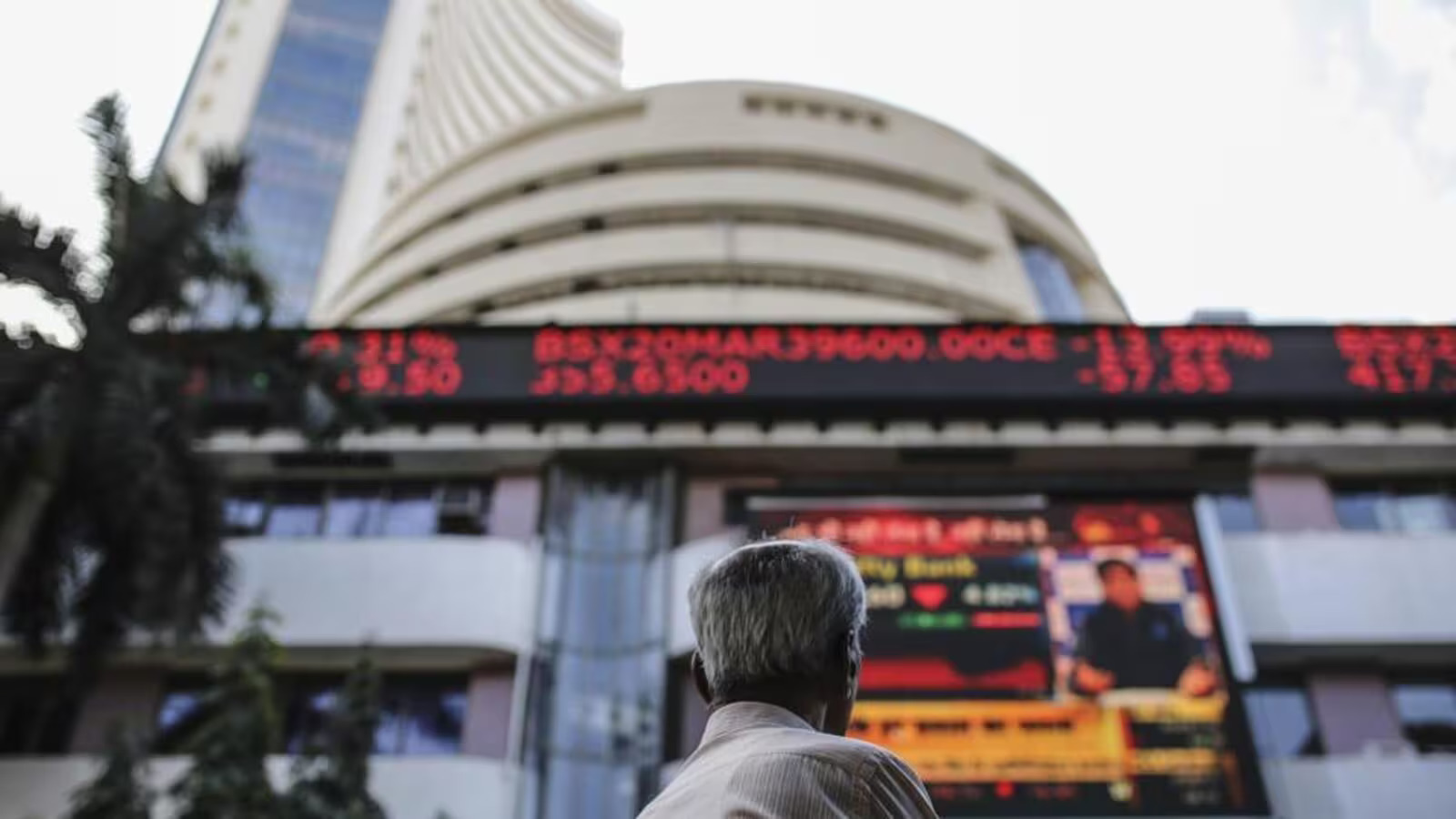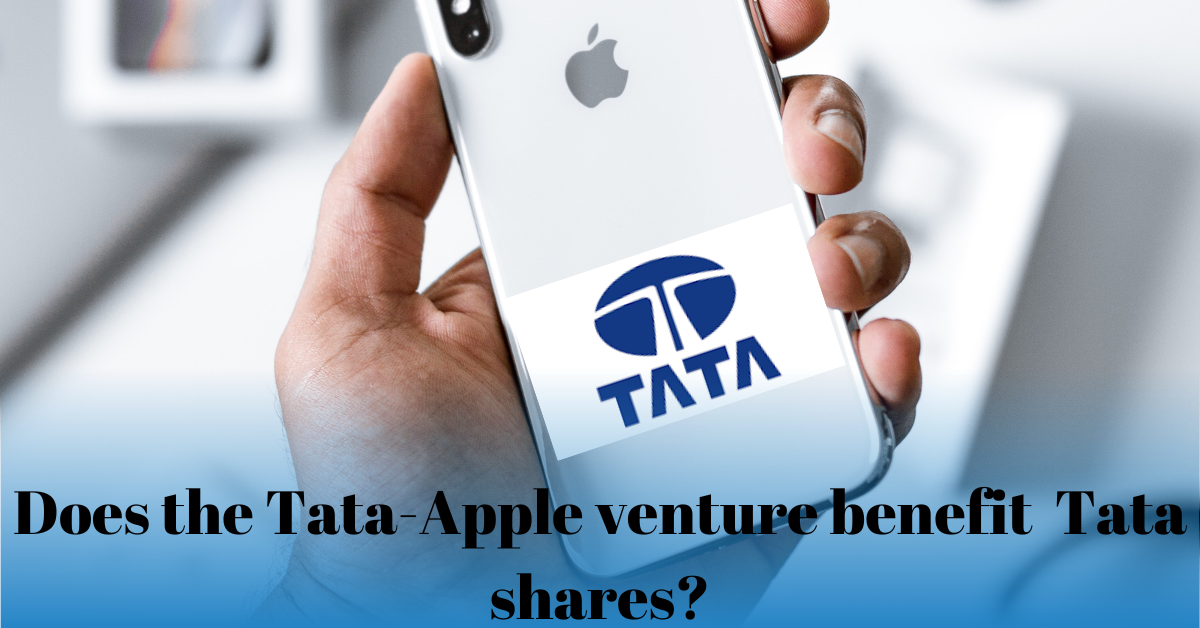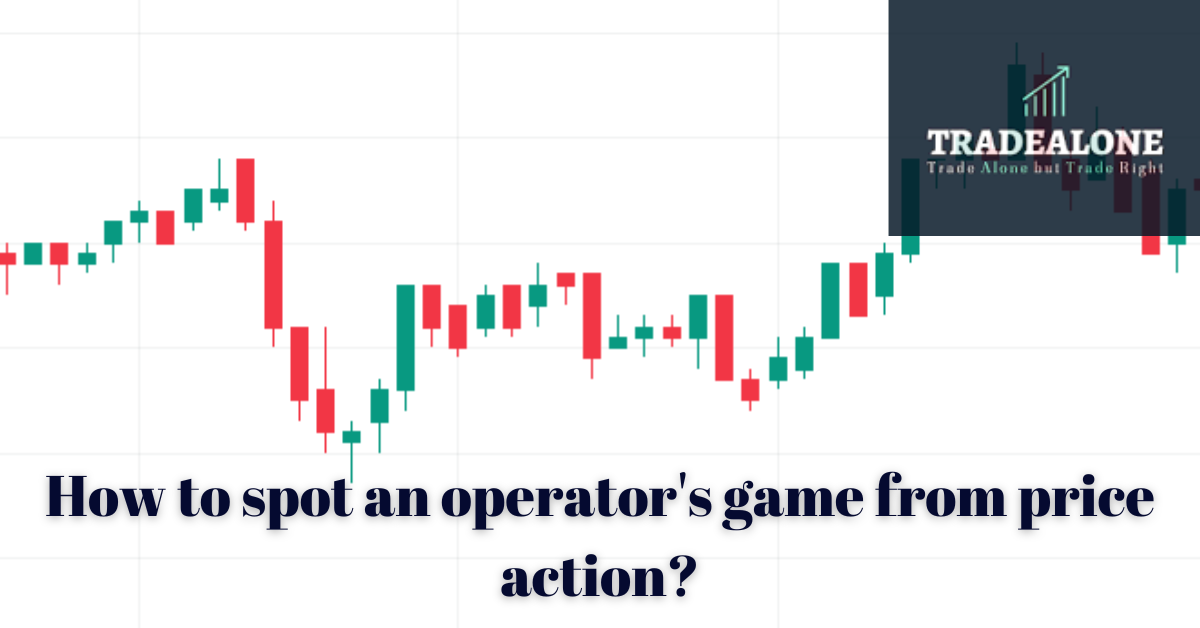Stock Analysis
How Asian Paints became a monopoly company?

Asian Paints have established a monopoly over the paint industry for the past several years. It is the only company to successfully achieve a compound annual growth rate (CAGR) of 20% over six decades. Every three years, their business doubles, contributing to their status as the ninth-largest paint manufacturing company and the most preferred one.
In 1942, the ban on imports of paints in India by the British government resulted in a brilliant opportunity for domestic players. Mr. Champaklal Choksey established Asian Paints to seize this opportunity. In the initial phase, they started selling their product but faced limited success.
They saw potential in rural areas and shifted their business from business-to-business (B2B) to business-to-consumer (B2C). This urban-to-rural strategic approach resulted in Rs 23 crore in revenue over ten years.
In the second phase, Asian Paints observed two main products in the market, namely “dry distemper” and “plastic emulsion,” each with its pros and cons. They identified the gap in the market and manufactured a revolutionary product called “washable distemper,” which stood between these two existing products.
Over 25 years, Asian Paints became the largest paint company in India, and even today it has maintained the same position.
The factors that contributed to this impressive growth are as follows-
Supply Chain
Usually, MNCs used to offer a 180-day credit period to their distributors and other channels of distribution, but Asian Paints started allowing them to extend this period up to six months or even one year. However, this practice resulted in a significant amount of capital being stuck for up to six months. Thus, this required strong working capital, which made it challenging for smaller players to enter the market. Additionally, the company started offering discounts on early and cash payments.
Network:
Furthermore, the company adopted a seamless system of tinting machines. Since these machines were costly, they started bearing the initial investment and leasing them to dealers. This increased their number of dealers from 15,000 in 2001 to 52,000 in 2018, and it currently stands at 70,000 dealers.
Channel of Distribution
In the 1970s, the company eliminated the middlemen from their channel of distribution and directly supplied to dealers. This decreased the price and resulted in an increase in margins. About 3%-5% of margins were taken by dealers, and 95-97% of margins were retained by the company itself. The dealers often had small stores, limited space, and inventory capacity, so the company decided to replenish their inventory 3-4 times a day. In tier-four cities, dealers place orders in the evening and receive delivery by noon. With a network of 70,000 dealers and delivery 4 times a day, the company impressively manages 280,000 deliveries a day. This is made possible by superior technology.
Technology:
In 1974, the company invested in the first-ever supercomputer worth 8 crores, which was the finest ERP application. The supercomputer was used for billing purposes, tracking trucks, and tracking demand. They had a systematic data collection system, which helped them further stand out in the market. They managed to deliver 280,000 times a day because of the systematic data available to them.
Efficiency:
In the 1980s, the Ankhleshwar plant was set up employing 250 workers, and after five years, in 1985, the worker count was reduced to less than 100 while maintaining the same level of capacity. As they started adopting advanced technology, their efficiency improved, allowing them to employ fewer workers.
Marketing: In the 1950s, the company launched a campaign with the tagline “Don’t lose temper, use tractor distemper.” The result was a massive hit in the market. From 1952 to 1962, the revenues of the company recorded a spike of 12%, and margins rose from 2% to 13%.
Innovation: From 2006 to 2015, the CAGR of labor costs has increased by about 9-10%, and it is expected to increase more in the future. This may affect the demand for paints. Anticipating future trends, Asian Paints has diversified into user-friendly DIY tools for painting walls. They have also ventured into the kitchenware and sanitary wear business.
REVENUE CONTRIBUTION

The decorative coatings business contributes the maximum to the revenue at around 84%, International operations contribute around 9-10%, Industrial coating 3%, and the home improvement business 3%
Financials
Asian Paints are in the top 10 paint brands globally, recording a strong set of numbers every year. Currently, their stock is trading at Rs 3,246 (as on 1 June 2023), If a person had invested 1 lakh rupees in 2000, his wealth would be approximately worth 2 crore at present. The EPS of the company is Rs 42.8, which is more than that of Berger Paints and Nerolac.
The net profit of the company stands at Rs 4,195 crore, which is more than that of the total of Berger paints, Nerolac, and Akzo Nobel.
The revenues of the company have recorded a continuous increase in numbers. Since the last 10 years, it has grown to 16.49% CAGR.


In the last 5 years, Asian Paint’s profit percentage is more than that of the total of Berger Paints, Nerolac, and Akzo Nobel. Their combined profit percentage stands at 10.11% and Asian paints alone stands at 15.23%.
The gross profit margins over the last few years were in the range of 41-42%, but in FY22 the margins reduced to 35%. The key reason for the decline was input cost inflation. According to management, the margins are expected to stabilize in FY23.
Asian paints have the most robust returns in contrast with their competitors.
In Mar ’23 the returns-
ROCE – 35.3%
ROE- 27.8%


The debt of the company stands at Rs 1,933 crore. Their interest coverage ratio is 40.7, thus the company can meet its interest cost 40.7 times over. Whereas, the interest coverage ratio of Berger paints and Nerolac stands at 12.7 and 22.9 respectively.
The promoter’s stake stands at 52.63 and DII’s stake has been increased by 2.37% from 7.57% in Mar’22 to 9.96 % in Mar’23.
The key reasons for the remarkable growth of Asian paints were
- Advanced technology
- Extensive network and
- Efficiency
According to Saurabh Mukherjea, three things contribute to the growth of a company.
- Promoters
- Essential product and,
- The barrier to entry in the industry.
Finance World
Himadri Speciality Chemical Ltd Earns EcoVadis 2023 Silver Medal

In today’s dynamic stock market, sustainability has become a key factor for investors seeking long-term growth opportunities. One company that has recently garnered attention for its sustainability efforts is Himadri Speciality Chemical Ltd. In this blog, we’ll explore why investing in Himadri can be a wise choice for those looking to align their portfolios with sustainability goals.
About Himadri Speciality Chemical Ltd
Himadri Speciality Chemical Ltd is a prominent player in the speciality chemical industry. They focus on research and development (R&D), innovation, and sustainability. The company is a pioneer in the production of lithium-ion battery materials in India. They constantly innovate raw materials for the lithium-ion battery value chain. Their diverse product range includes speciality carbon black, coal tar pitch, refined naphthalene, advanced materials, and more. Himadri serves various sectors such as lithium-ion batteries, paints, plastics, tires, aluminum, graphite electrodes, agrochemicals, defense, and construction chemicals.
Himadri operates both domestically and internationally. They export their products to 49 countries worldwide. The company’s strong commitment to sustainability is evident through its eight zero-liquid discharge manufacturing facilities. Additionally, they extensively use in-house clean power, covering over 90% of their energy needs. These initiatives highlight Himadri’s dedication to reducing its environmental footprint while maintaining robust business operations.
Himadri’s EcoVadis Silver Medal
In 2023, Himadri Speciality Chemical Ltd achieved the prestigious Silver Medal from EcoVadis, a globally recognized agency for business sustainability ratings. This achievement signifies Himadri’s unwavering commitment to sustainability across crucial pillars. These pillars include governance/ethics, environment, labor and human rights, and sustainable procurement.
Stock has grown over 3.5 times over the past 12 months. The rally still looks intact. However, trading at around a PE of 43, investors should be careful.

This recognition places Himadri among the top 23% of companies evaluated by EcoVadis worldwide, a remarkable accomplishment considering that EcoVadis rates over 100,000 entities. Himadri’s commitment to sustainability extends to well-defined short-term and long-term objectives, each with specific timelines. The company is resolute in allocating the necessary resources—whether financial, technological, or research-driven—to meet these goals.
One noteworthy commitment is Himadri’s active pursuit of carbon neutrality by 2050. This aligns the company with global decarbonization objectives. These forward-thinking initiatives not only support environmental sustainability but also demonstrate the company’s readiness to embrace future regulatory changes and market demands.
Investing in Himadri for a Sustainable Future
Investing in Himadri Speciality Chemical Ltd presents an exciting opportunity for those seeking sustainable investment options. As the world shifts toward more environmentally conscious practices, companies like Himadri are well-positioned to thrive. With its strong focus on R&D and innovation, Himadri is poised to tap into emerging markets and technologies. This includes the growing demand for lithium-ion batteries and other sustainable products.
Furthermore, Himadri’s commitment to corporate governance, ethical boundaries, and alignment with the United Nations Global Compact and Sustainable Development Goals (SDGs) showcases its dedication to responsible and sustainable business practices. This commitment is not only reassuring for investors but also contributes positively to the global push for a more sustainable future.
Follow Tradealone for more news on chemical sector.
In conclusion, Himadri Speciality Chemical Ltd’s EcoVadis Silver Medal is a testament to the company’s sustainability efforts and its potential as an investment opportunity. By prioritizing sustainability and innovation, Himadri is not only making a positive impact on the industry but also paving the way for a greener and more prosperous future. Investors with an eye on the long term and a commitment to sustainability should keep a close watch on this promising company.
editor
HDFC Bank’s Future: A Realistic Take on Its Market Potential for next 20 years

Hello Financial Wizards! Let’s Talk HDFC Bank’s Future
Hey there, savvy investors and finance enthusiasts! Today, let’s dive into a hot topic that’s been stirring up the investment community – the future of HDFC Bank. Can it really grow 100x in the next 20 years? Some say yes, while others, including a former banker, are raising their eyebrows. Let’s break this down together. 💬🔍
A $16 Trillion Dream: Is It Really Possible?
So, here’s the deal: HDFC Bank currently sits at a market cap of around $160 billion. There’s talk about it reaching a staggering $16 trillion in 20 years. Mind-blowing, right? But let’s not get carried away just yet. 🌌💸
The Banking Battlefield: It’s Tough Out There!
The banking sector is like a gladiator arena. It’s ultra-competitive, and banks have to constantly up their game to keep customers happy. If they don’t, there’s always another bank ready to swoop in. And let’s not forget the threats from neobanks, online banks, credit unions… you name it. 🛡️🏦
HDFC Bank vs. The World of Digital Banking
Facing the Future Head-On
HDFC Bank has been a juggernaut, no doubt. But the world of banking is changing at a breakneck pace. We’re talking about digital revolutions with neobanks and online banking platforms. These players are rewriting the rules, making it tough for traditional banks to keep up. 🌐🚀
The Numbers Game: ROCE and Growth
HDFC’s Return on Capital Employed (ROCE) is currently around 6-7%. Now, here’s a nugget of wisdom from Charlie Munger: a stock’s long-term returns roughly equal its ROCE. So, if the capital compounds at 6%, how can we expect a 25% CAGR in market cap? It’s a head-scratcher, isn’t it? 🤔💹
Leverage and Growth: A Double-Edged Sword
Sure, HDFC has a higher Return on Equity (RoE) at 18% thanks to leverage. And yes, it can grow faster than its ROCE. But even then, expecting it to grow at an old rate of 25% seems like a stretch, especially given its size. 📈⚖️
A Reality Check: Comparing Global Giants
The US Economy and JP Morgan
Let’s play a game of comparison. Imagine India in 20 years, matching today’s US economy. The biggest bank in the US, JP Morgan, is valued at around $500 billion, not even close to $1 trillion. So, expecting HDFC Bank to reach $16 trillion seems… well, a tad overoptimistic. 🇮🇳🇺🇸
The Big Picture: India’s GDP and HDFC Bank
Think about it – India’s GDP itself might hit $30 trillion in 20 years. So, picturing a single company, even HDFC Bank, at a $16 trillion market cap is, to put it mildly, a stretch. 🌍💰
Wrapping Up: What’s the Smart Move?
As much as we love rooting for our favorite stocks, it’s crucial to stay grounded. In a world rapidly embracing new tech, even the mighty can struggle to outperform. So, as you strategize your investments, remember – the future is about adaptability, innovation, and realistic expectations. 🚀🧠
And there you have it, folks! What do you think about HDFC Bank’s future? Is it a golden goose or a reality check waiting to happen? Drop your thoughts and let’s keep this conversation going! 💬📊
editor
Tata Technologies – Engineering a Better World and Stellar IPO Performance
tata technologies IPO

Engineering a Better World with Tata Technologies
Tata Technologies, an integral part of the esteemed Tata Group, stands as a transformative force in the engineering landscape, spearheading innovation at the dynamic crossroads of digital technology and traditional engineering. Specializing in pivotal industries such as automotive, aerospace, and industrial machinery, Tata Technologies assumes a critical role in the entire product development lifecycle. Tata Technologies just has a stellar IPO performance.
The company’s impact extends from the conceptualization phase, where groundbreaking ideas take shape, through the meticulous development process, and finally to the realization of cutting-edge products and experiences. Tata Technologies doesn’t merely contribute to technological advancement; it actively shapes a future where products are not only safer and more sustainable but also possess the transformative power to significantly enhance the quality of people’s lives.
Industries Tata Technologies is operating in:
In the automotive sector, Tata Technologies plays a crucial role in envisioning and creating vehicles that meet the evolving demands of the market. Whether it’s pioneering electric vehicles, enhancing safety features, or optimizing fuel efficiency, the company’s engineering prowess shines through.
In the aerospace industry, company takes flight by contributing to the development of innovative solutions that propel the sector forward. From designing state-of-the-art aircraft components to advancing aerospace technology, the company is at the forefront of progress.
In the realm of industrial heavy machinery, Tata Technologies leverages its expertise to engineer robust and efficient solutions. This involves developing machinery that not only meets industry standards but also incorporates the latest advancements in technology to enhance productivity and reliability.
Driving the Change:
As a trailblazer in the engineering domain, Tata Technologies not only adapts to change but actively drives it. Through a harmonious blend of digital innovation and traditional engineering principles, the company continues to inspire a new generation of engineers, fostering a spirit of creativity, collaboration, and excellence. In essence, Tata Technologies is not just a participant in the evolution of industries; it is a driving force behind the transformation of ideas into tangible, impactful realities.
Their approach goes beyond delivering discrete outcomes. Tata Technologies is a comprehensive partner for end-to-end product development, equipped with the experience and expertise to envision and materialize a better future. The company’s global presence brings together diverse teams with a variety of skill sets, collaborating in real-time to solve complex engineering problems. This collaborative effort is pivotal in redefining engineering and expanding its influence to address humanity’s most pressing challenges and opportunities.

Tata Technologies IPO: A Milestone Achievement
After 19 years, Tata Technologies, a gem in the Tata Group’s crown, celebrated a momentous milestone by going public. The IPO was met with overwhelming enthusiasm, reminiscent of the reception of TCS’s IPO, the last Tata Group company to go public.
- IPO Details: The IPO was priced at Rs 500, but it listed at an astonishing Rs 1200, translating to a premium of 140%! The current market price stands at around Rs 1250.
- Valuation: At the listing price of Rs 1200, the company commands a forward multiple of 67x (based on Rs 18 EPS) and a current PE of 72x.
- Comparison with TCS: TCS’s IPO in July 2004 had a price band of ₹775-900 and was listed at a 26.6% premium. Fast forward to Tata Technologies, the company received 73.57 Lakh applications for its IPO, a striking number that even surpasses the 73.37 Lakh applications for the colossal LIC IPO.
- Oversubscription: The IPO witnessed an oversubscription of 69 times, indicating the market’s strong confidence and elevated expectations for the company.
Celebrating the IPO Success
The IPO’s success story is not just about numbers; it’s a testament to Tata Technologies’ strong market position and promising future. A substantial profit of Rs 21,000 per lot had investors allotted shares celebrating, turning it into a highly successful listing event.
A Moment of Reflection
This remarkable journey of of the company and its astounding IPO performance brings a moment of reflection on the excitement and unpredictability of India’s IPO market. It’s a reminder of how applying for IPOs in such a dynamic market can sometimes feel like a lucky lottery.
Conclusion
Tata Technologies’ journey from engineering excellence to a stellar IPO is a narrative of innovation, growth, and market confidence. It’s a story that resonates with the Tata Group’s legacy and its ongoing commitment to shaping a better future through technology, engineering, and sustainable practices. However, there are still numerous high-potential stocks that are currently underperforming, and we recommend exploring these opportunities.
Disclaimer: This blog post is for informational purposes only and is not a recommendation or endorsement for any financial investment or strategy.
Check out some other potential multibaggers with Tradealone.
-

 Profit Making Idea1 year ago
Profit Making Idea1 year agoThe Grandfather Son (GFS) Strategy: A Technical Analysis Trading Strategy
-

 Uncategorized8 months ago
Uncategorized8 months agoA BJP victory and the Stock Market: what to expect this monday
-

 Technology5 months ago
Technology5 months agoInnovative Metro Ticketing Revolution in Pune by Route Mobile and Billeasy’s RCS Messaging. Stock trades flat
-

 editor9 months ago
editor9 months agoHow to research for Multibagger Stocks
-

 Trending12 months ago
Trending12 months agoDoes the “Tata-Apple venture” benefit Tata shares?
-

 Finance World12 months ago
Finance World12 months agoHow Zomato Turned Profitable: A Landmark Achievement in the Indian Food Delivery Market
-

 Market ABC8 months ago
Market ABC8 months agoSpotting an operator game: How to do it?
-

 Market ABC1 year ago
Market ABC1 year agoThe Pullback Strategy: A Timeless Approach to Investment Success

